Referral marketing turns happy customers into powerful growth engines.
Newsletter giants like The Hustle, Morning Brew, and The Skimm proved this works brilliantly. They used customer recommendations to build massive subscriber bases through smart referral programs.
But here’s the thing: the smartest companies don’t treat referral programs as simple lead generation tactics.
They build these systems as core growth mechanisms, not temporary promotional campaigns.
Think about Dropbox and Uber. They didn’t just run referral campaigns—they made customer referrals part of their DNA.
Your web app deserves this same strategic approach. When users genuinely love your product, they naturally want to tell friends and colleagues about it.
A well-designed app referral program simply makes this process easy and rewarding for everyone.
This guide shows you exactly why your web app needs a referral program and how to build one that drives consistent user growth.
Why Web Apps Need Referral Programs
Building a referral program isn’t just nice to have—it’s essential for sustainable growth.
Referral marketing isn’t just a mechanism placed on the top of the funnel to lure people into trying a new product.
If you take a look at the classic AARRR framework, you’ll understand that referrals are meant to be made by retained, happy users.
A smart marketer would leverage referral marketing as an integral part of the growth marketing engine.
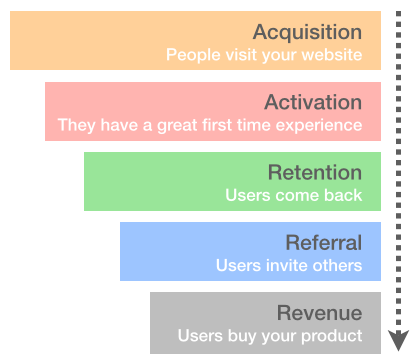
Here are three compelling reasons why the best referral programs become indispensable for serious web applications.
People Trust Friend Recommendations More Than Ads
Trust forms the foundation of every successful referral program. Research consistently shows that consumers trust recommendations from friends and family way more than traditional ads.
When someone’s trusted contact suggests trying a new web app, that recommendation carries real weight.
This happens because of social proof psychology. People naturally seek validation from their social circles before making decisions about new products or digital services.
A personal recommendation removes much of the uncertainty and risk that comes with trying unfamiliar software.
This trust advantage becomes particularly powerful for mobile apps, where users often hesitate to share personal information.
When a friend vouches for an app’s reliability and value, it significantly reduces barriers to signup. Smart web app owners use this by making referral sharing easy and rewarding.
Referrals Reduce Customer Acquisition Costs
Traditional advertising channels keep getting more expensive. This makes referral programs increasingly attractive for budget-conscious businesses.
Paid social media advertising, Google Ads, and content marketing require significant ongoing investments with uncertain returns.
Referral programs offer a more predictable and cost-effective alternative.
The economics make sense: instead of paying platforms for uncertain visibility, businesses reward actual customers for successful referrals.
This approach ensures marketing dollars go toward proven results rather than potential impressions.
Modern referral programs typically cost 50-80% less than traditional advertising while delivering higher-quality leads.
Referred customers often show better retention rates, higher lifetime values, and stronger engagement.
They arrive pre-qualified through personal recommendations, making them more likely to become valuable long-term users.
Here are a few interesting stats for you:
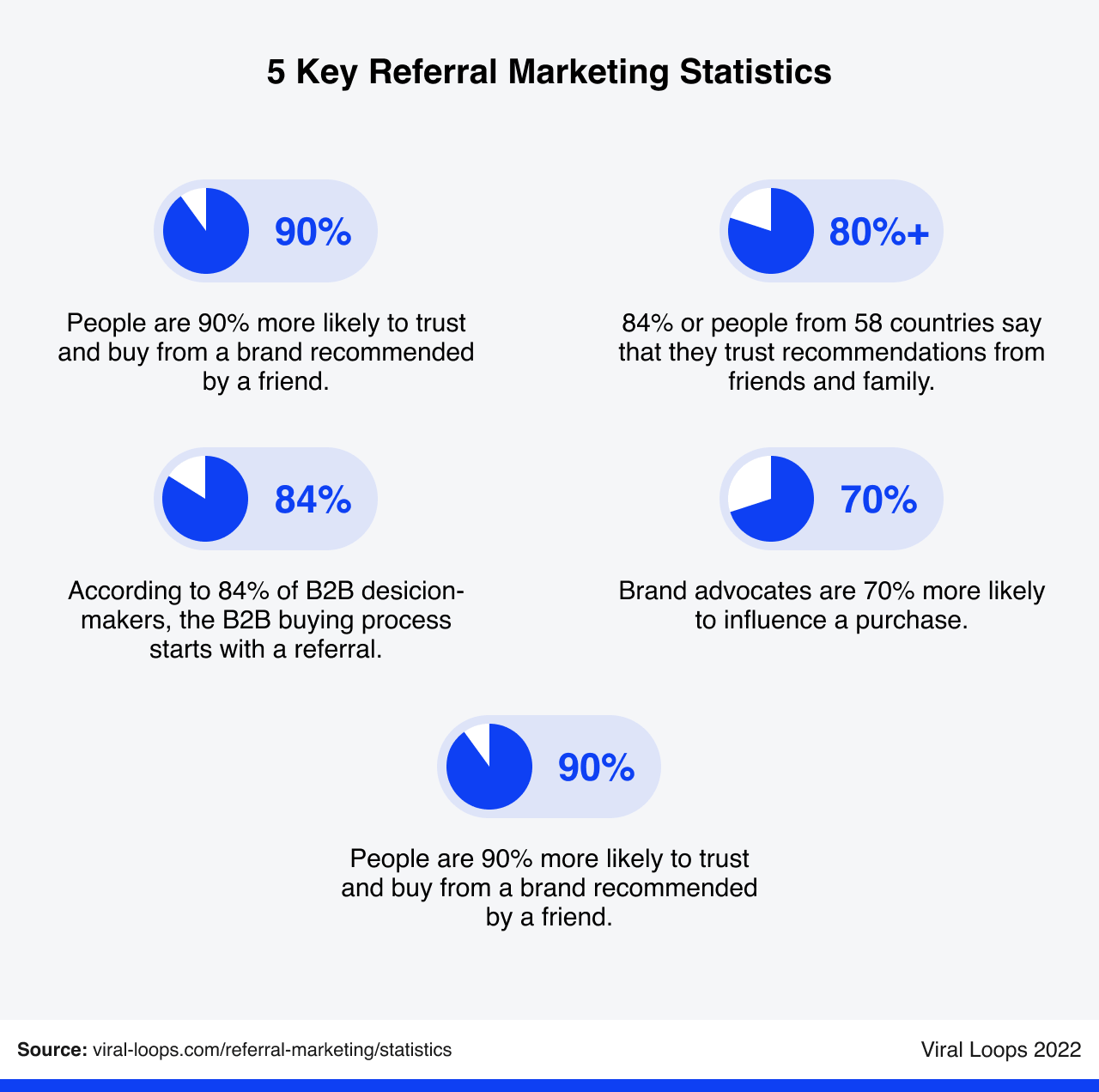
Web apps particularly benefit from this cost advantage because referral rewards can be tied directly to product value.
Rather than paying cash commissions, apps can offer premium features, extended trials, or enhanced functionality as incentives.
Happy Users Can Be Rewarded with Expanded Product Experience
The most successful referral programs create win-win scenarios. Customer rewards enhance overall product engagement instead of just providing generic cash payments or random prizes.
Smart web apps offer rewards that deepen user relationships with the platform. This strategy simultaneously encourages referrals and increases customer lifetime value.
Internal currency systems (points or credits within your app) work exceptionally well for web applications. They encourage continued platform usage.
When users earn account credits, premium features, or enhanced capabilities through referrals, they become more invested in the product.
This increased engagement often leads to higher retention rates and organic word-of-mouth promotion.
Product-based rewards also help businesses manage referral program costs more effectively than cash incentives.
Offering additional storage space, premium features, or extended functionality typically costs less than equivalent monetary rewards. These benefits feel valuable to users while maintaining healthy profit margins for the business.
Now that we understand why referral programs work so well, let’s look at how industry leaders have successfully implemented these strategies to fuel explosive growth.
Success Stories: Dropbox and Uber
Real-world success stories demonstrate how referral programs can fuel explosive growth when implemented strategically. Two companies stand out as masterclasses in referral marketing execution.
Dropbox: The Storage Reward Revolution
Dropbox achieved legendary status in the startup world by turning file storage into a viral phenomenon.
The company boosted signups by an incredible 3900% through their referral program alone. They reached unicorn-level growth in their first few years. This wasn’t luck—it was strategic brilliance.
The program’s reward system became the secret weapon behind Dropbox’s meteoric rise. Instead of offering cash incentives or generic prizes, Dropbox rewarded users with what they actually wanted: more storage space.
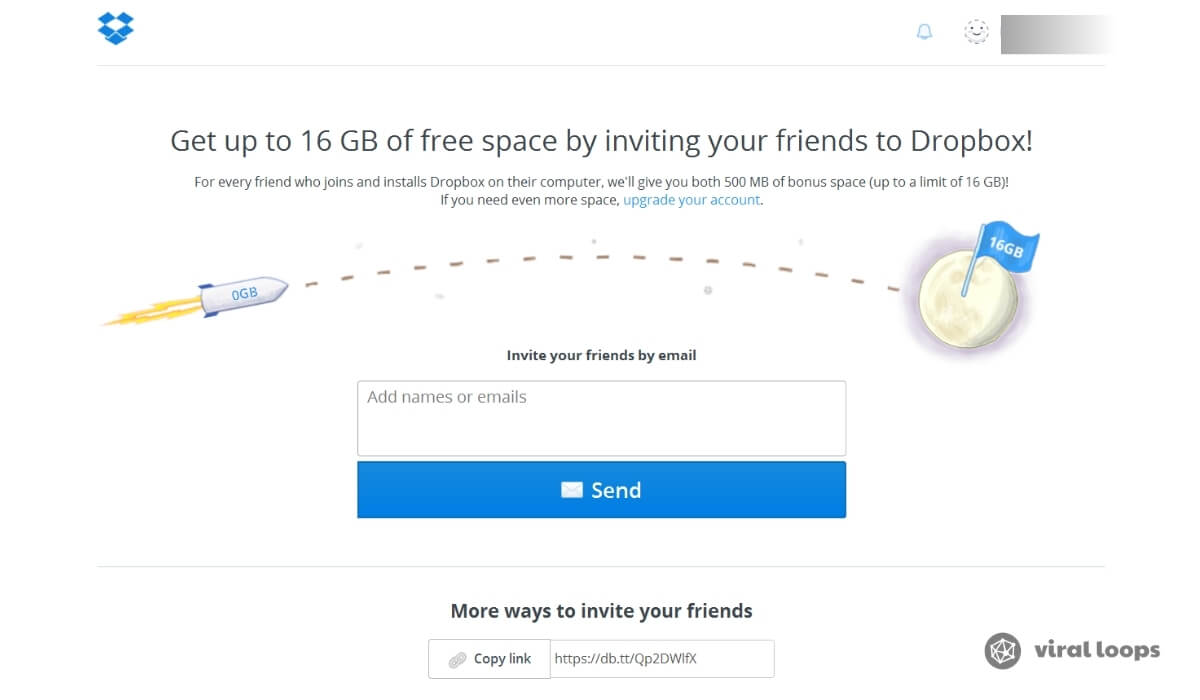
This approach created perfect alignment between user desires and business objectives.
Storage rewards worked exceptionally well because they directly enhanced the core product experience.
Users didn’t just get a one-time bonus—they received lasting value that made their Dropbox accounts more useful. Every successful referral meant more space for photos, documents, and files that mattered to them.
The psychological impact was brilliant. Users felt like they were earning something valuable rather than just helping the company acquire new customers.
This perception shift transformed potential advocates into enthusiastic promoters who actively sought opportunities to share their referral link with friends and colleagues.
Dropbox’s strategy offers crucial lessons for web app developers. The most effective referral rewards tie directly to your product’s core value.
When users can immediately see and experience the benefits of referring others, they become much more motivated to participate actively in your growth efforts.
Uber: The Dual-Program Approach
Uber disrupted transportation through innovative technology, but referral marketing played an equally important role in their global expansion.
The company didn’t just create one referral program—they built two different systems that worked together seamlessly. This dual approach generated an impressive 12X return on investment.
The genius of Uber’s strategy lay in creating separate programs for riders and drivers. Existing customers could refer their friends to try the service, while drivers could recruit new drivers to join the platform.
Both programs offered travel credits as rewards, maintaining consistency while serving different user segments effectively.
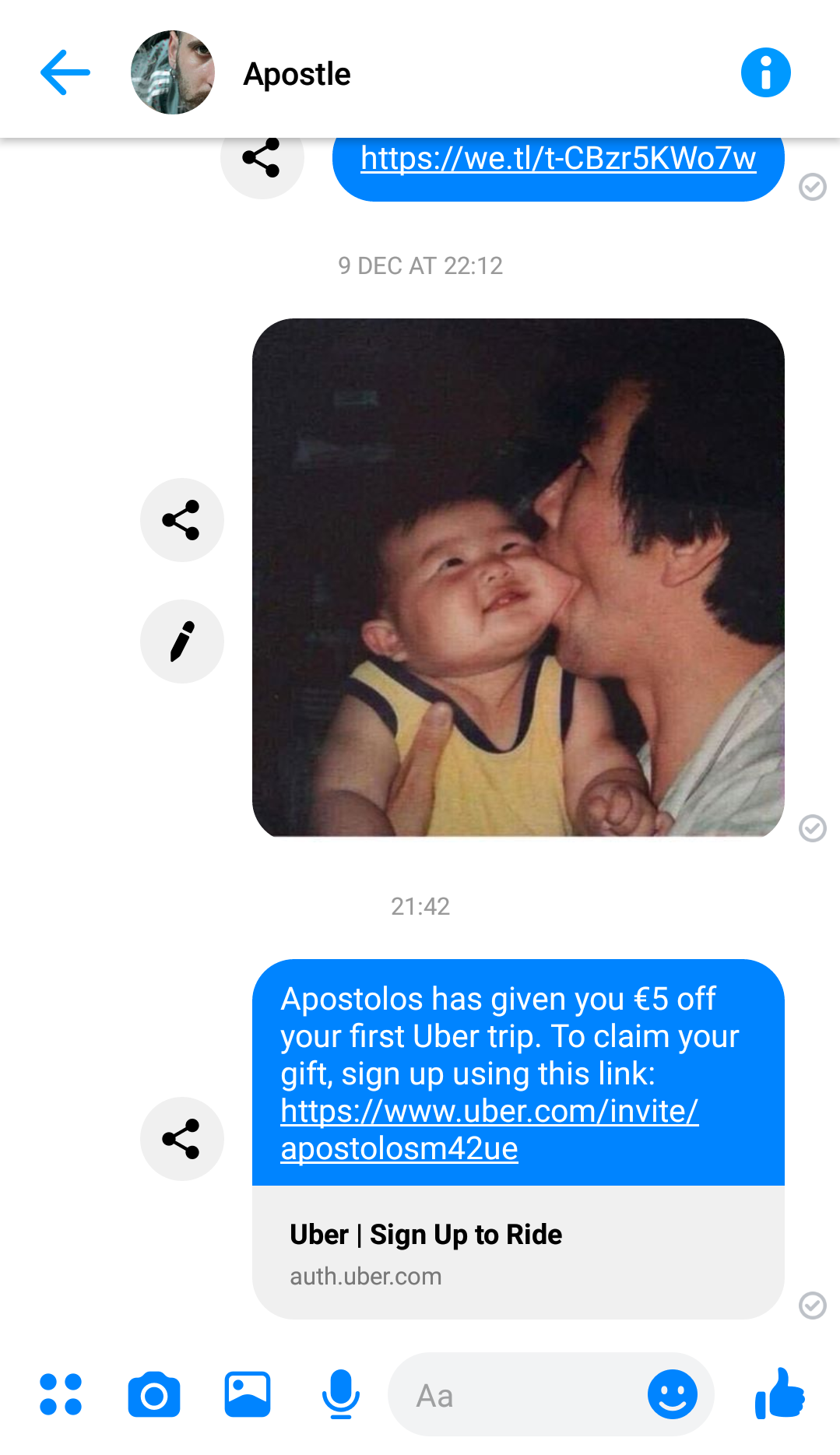
Integration within the product made Uber’s referral program incredibly accessible.
The main menu featured a prominent “Free Rides” option that caught users’ attention without being intrusive.
This placement meant customers discovered the program naturally while using the mobile app for its primary purpose.
The genius was in making referrals feel like a built-in feature rather than an external marketing campaign.
Travel credit rewards created immediate, tangible value for both referrers and new users.
Recipients could instantly use their credits for actual rides, making the reward feel substantial and meaningful.
This immediate gratification encouraged more referrals and helped new users experience Uber’s service without financial commitment.
The program’s success demonstrates how referral incentives should align with customer behavior patterns.
Since Uber users already thought about transportation costs regularly, travel credits felt like genuine savings rather than marketing gimmicks.
This natural fit between rewards and user needs created a self-reinforcing cycle of growth.
Check out our Youtube Video below where we do the whole rundown of Uber’s Campaign and how you can create a referral campaign just like theirs.
These success stories reveal common patterns that any web app can adapt and implement. Let’s dive into the practical steps for creating your own referral program.
How to Create a Web App Referral Program
Creating an effective referral program requires careful planning and strategic execution.
The most successful referral programs combine thoughtful design with seamless user experience to drive sustainable growth.
1. Planning and Design Framework
Before diving into technical implementation, establish clear goals and understand your target audience.
Define what success looks like for your referral program—whether that’s increased user acquisition, higher engagement rates, or improved customer lifetime value.
Understanding these objectives helps shape every subsequent decision about program structure and rewards.
Identify which loyal customers are most likely to become effective advocates for your web app.
Research shows that satisfied, engaged users make the best referrers because they genuinely believe in your product’s value.
Consider running brief surveys or analyzing user behavior data to pinpoint your most enthusiastic customers before launching your program.
Set realistic expectations and measurable metrics from the beginning.
Track key performance indicators like referral conversion rates, program participation rates, and the quality of referred users.
These metrics provide crucial insights for optimizing your program over time and demonstrating its impact on business growth.
Recommended Reading: From Data to Decisions: The Power of Referral Marketing KPIs
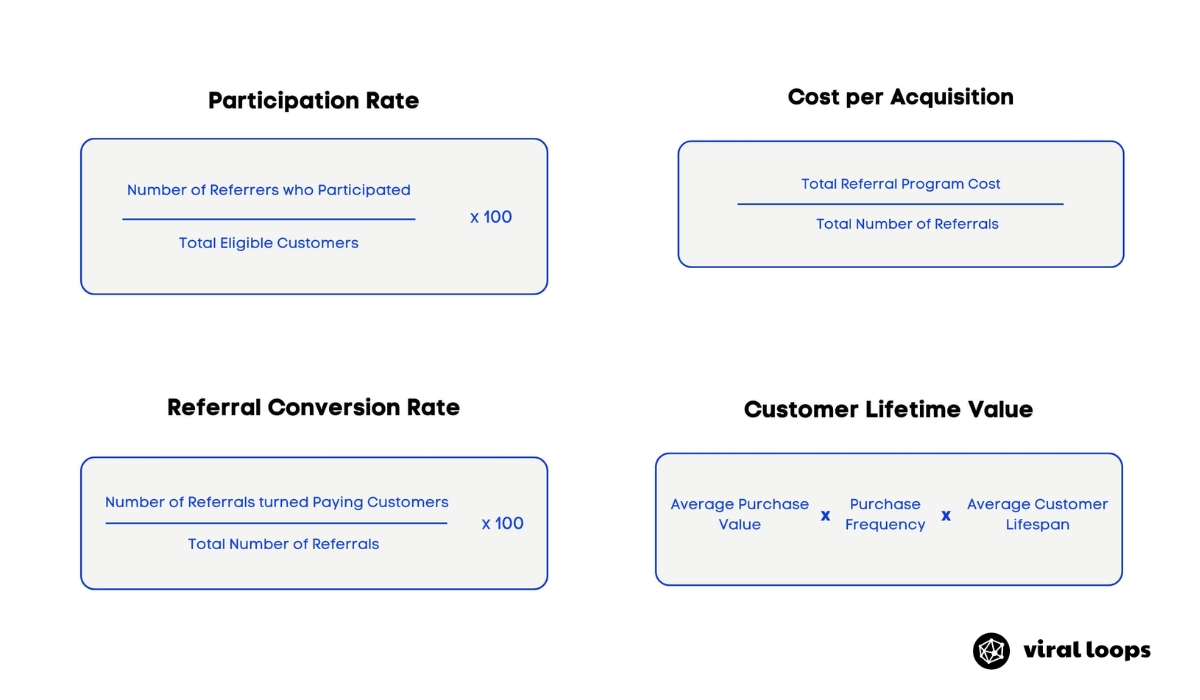
Understanding viral loops becomes essential for sustainable referral program success.
A viral loop is the complete cycle from when a user joins your platform to when they successfully refer others who also become advocates.
The stronger your viral loop, the more self-sustaining your growth becomes.
Companies like Airbnb, Instacart, and Lyft have built billion-dollar businesses partly through well-designed viral loops that turned customer acquisition into a predictable, scalable process.
Consider using platforms like Viral Loops that eliminate technical barriers through no-code solutions when you lack development resources.
These tools can significantly reduce implementation time while providing professional functionality for your referral marketing efforts.
Modern referral platforms offer template-based solutions that can get your program running in under 15 minutes, complete with tracking, reward management, and integration capabilities.

2. Core Design Principles
The foundation of any successful referral program rests on five essential principles. Each element plays a crucial role in encouraging participation and driving results.
Create Double-Sided Incentives
Double-sided programs reward both the referrer and the new user.
This approach consistently generates higher conversion rates because it addresses motivation from both perspectives.
A double sided referral program means both people get something valuable when a referral happens.
“Give $20, Get $20” programs work well for financial services, while “Free month for you, free month for your friend” appeals to subscription-based services.
The key lies in ensuring both incentives feel valuable and relevant to each user group.
Double-sided referral programs also create stronger viral loops because new users immediately understand they can earn similar rewards by referring their own friends.
This understanding transforms one-time participants into ongoing advocates for your program.
Learn more about the different types of incentives you can offer in our complete guide on referral rewards.
Use Internal Currency as Referral Rewards
Product-specific rewards create stronger connections between your referral program and core user experience.
Instead of offering generic cash payments, provide rewards that enhance how people use your web app.
This strategy keeps users engaged with your platform while managing program costs effectively.
Netflix demonstrates this principle perfectly by offering free subscription months for successful referrals.
Recipients get immediate value while staying within the Netflix ecosystem for longer periods.

This approach increases both customer lifetime value and program participation rates simultaneously.
The beauty of this strategy lies in its simplicity—users understand exactly what they’re getting, and the reward directly enhances their product experience.
Make Your Referral Program Part of Onboarding
Timing matters enormously when introducing users to your referral program.
The optimal moment occurs right after new users experience your product’s core value.
This timing ensures they understand what they’re recommending to others and feel confident about sharing it.
Integrate referral opportunities naturally into your user onboarding flow without creating friction.
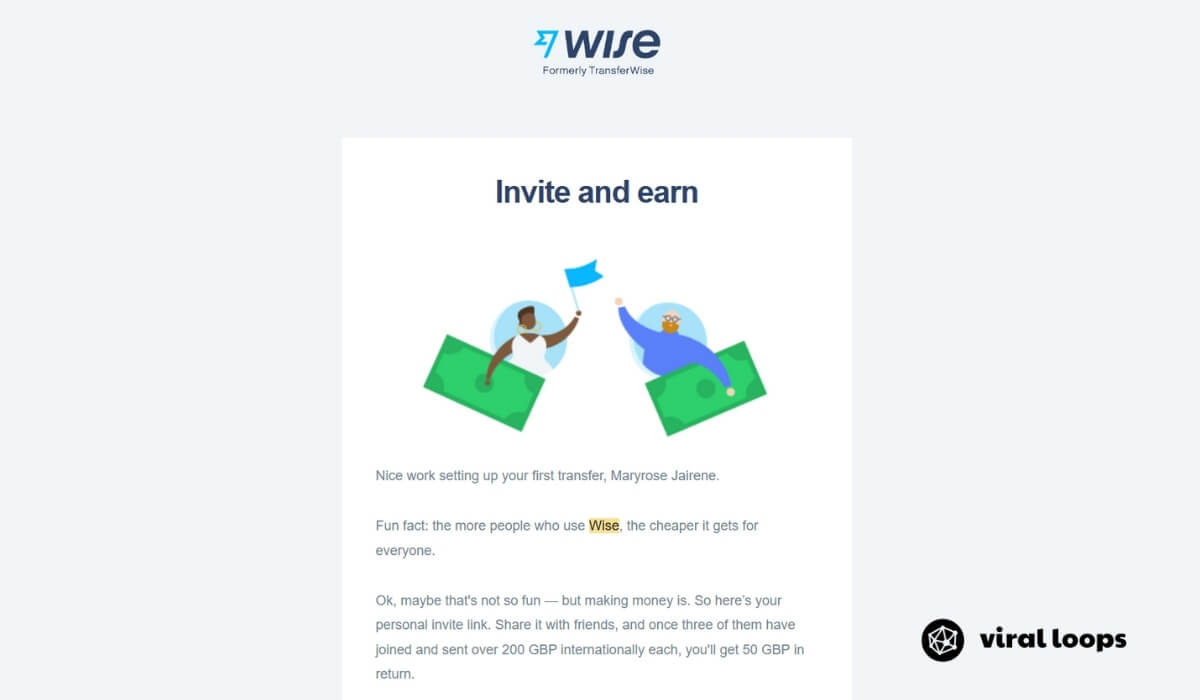
Present the program as an optional benefit rather than a required step.
Users should feel invited to participate rather than pressured or interrupted during their initial product exploration.
Be Clear About the Benefit
Simplicity wins when explaining referral program benefits to potential participants.
Users should understand exactly what they’ll receive and what their friends will get within seconds of discovering your program.
Complex terms and conditions kill participation rates faster than any other factor.
Create compelling value propositions that resonate with your specific user base.
“Give $20, Get $20” works well for financial apps, while “Earn Premium Features” might appeal more to productivity software users.
Match your messaging to user motivations and communication preferences.
Visual communication often works better than lengthy text explanations for mobile referral programs.
Use clear icons, progress bars, and simple graphics to show how the program works. Mobile users especially appreciate visual cues that eliminate the need to read detailed program details.
Simplify the Sharing Process
The referral process should take no more than 30 seconds from start to finish.
Every additional step reduces participation rates significantly, particularly on mobile devices where users expect instant gratification. Streamline the experience ruthlessly to maximize conversion rates.
Provide multiple sharing options to accommodate different user preferences and social networks.
Some people prefer text messaging, others use social media, and many like copying their unique referral link directly.
Offering variety increases the likelihood that users will find a comfortable sharing method.
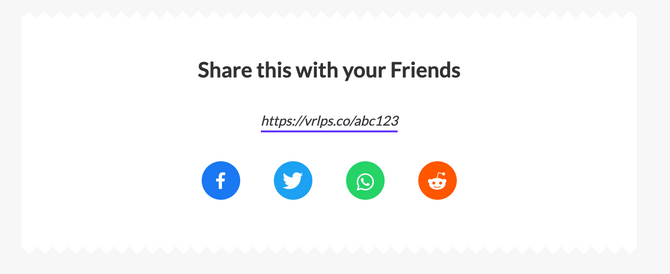
Pre-populate sharing messages with compelling, customizable content that users can send immediately or modify as needed.
Default messages should sound natural and personal rather than obviously promotional.
Users often lack confidence in writing their own referral messages, so providing good starting points reduces friction significantly.
3. Technical Implementation and Platform Options
When it comes to actually building your referral program, you have several implementation approaches depending on your technical resources and timeline requirements.
No-Code Solutions for Quick Launch
For teams without extensive development resources, no-code referral platforms offer the fastest path to launch.
Referral marketing tools like Viral Loops provide template-based solutions that can get sophisticated referral programs running within hours rather than months.
These platforms typically include built-in features like fraud detection (systems that prevent fake referrals), analytics dashboards, and integration with popular email marketing tools.
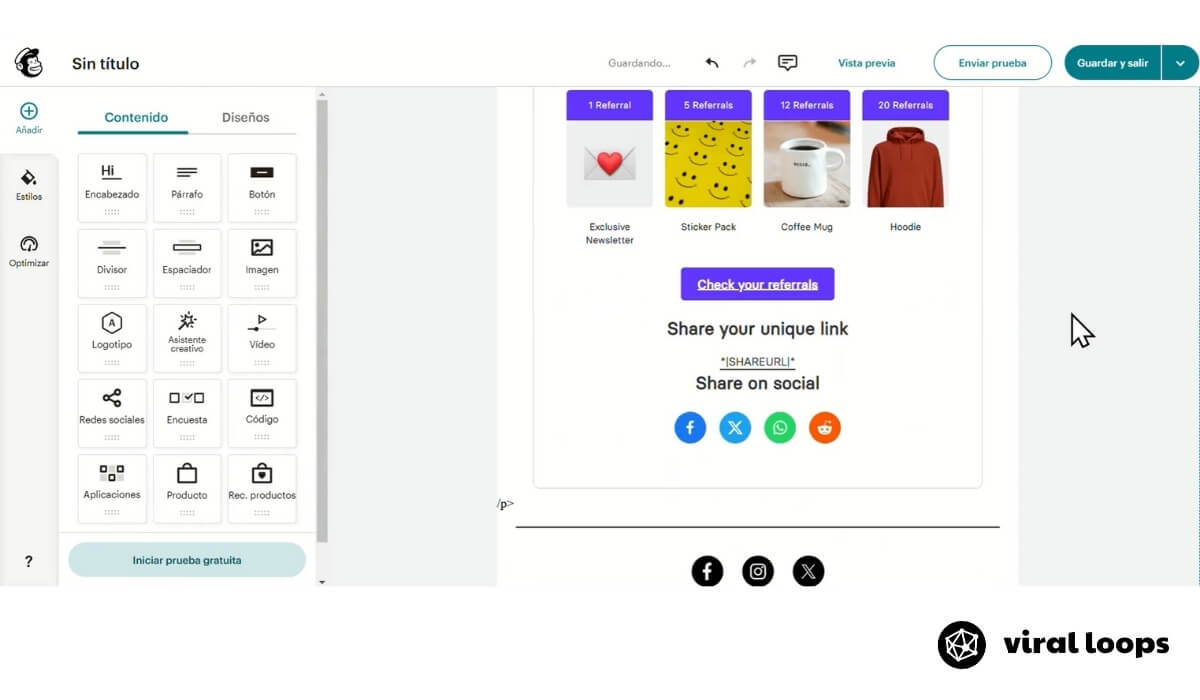
Many offer milestone-based rewards, leaderboard functionality, and automated email sequences that would otherwise require significant custom development.
The advantage of using established platforms extends beyond speed.
These tools have been tested across thousands of campaigns, meaning they’ve already solved common technical challenges like attribution tracking (the system that tracks which user referred whom), mobile optimization, and reward fulfillment automation.
Custom Development Considerations
Companies with specific requirements or unique user experiences may prefer custom development.
This approach offers complete control over design, functionality, and data handling but requires significant technical investment.
Key technical considerations for custom builds include implementing reliable referral tracking systems, preventing fraud and gaming, handling reward distribution, and creating dashboards for program management.
Mobile app integration becomes particularly complex when building custom solutions.
Hybrid Approaches
Many successful companies combine platform solutions with custom integrations.
They use established referral platforms for core functionality while building custom interfaces that match their product design perfectly.
This approach balances development speed with user experience consistency.
With your technical foundation in place, let’s explore advanced features that can take your referral program to the next level.
Find out if Viral Loops is the best solution for you by booking a free demo. No strings attached, we promise!
Advanced App Referral Program Features and Optimization
Building a successful referral program extends beyond basic setup to include strategic optimization and advanced features.
The most effective referral programs combine thoughtful design with continuous improvement based on real user behavior and performance data.
Be Mobile Optimized
Modern referral programs must prioritize mobile experiences since users spend over 70% of their time on mobile devices.
The best referral programs make sharing possible with just a few taps, eliminating friction that kills conversion rates.
Apps like Uber and Airbnb demonstrate how seamless mobile referral integration drives massive participation.
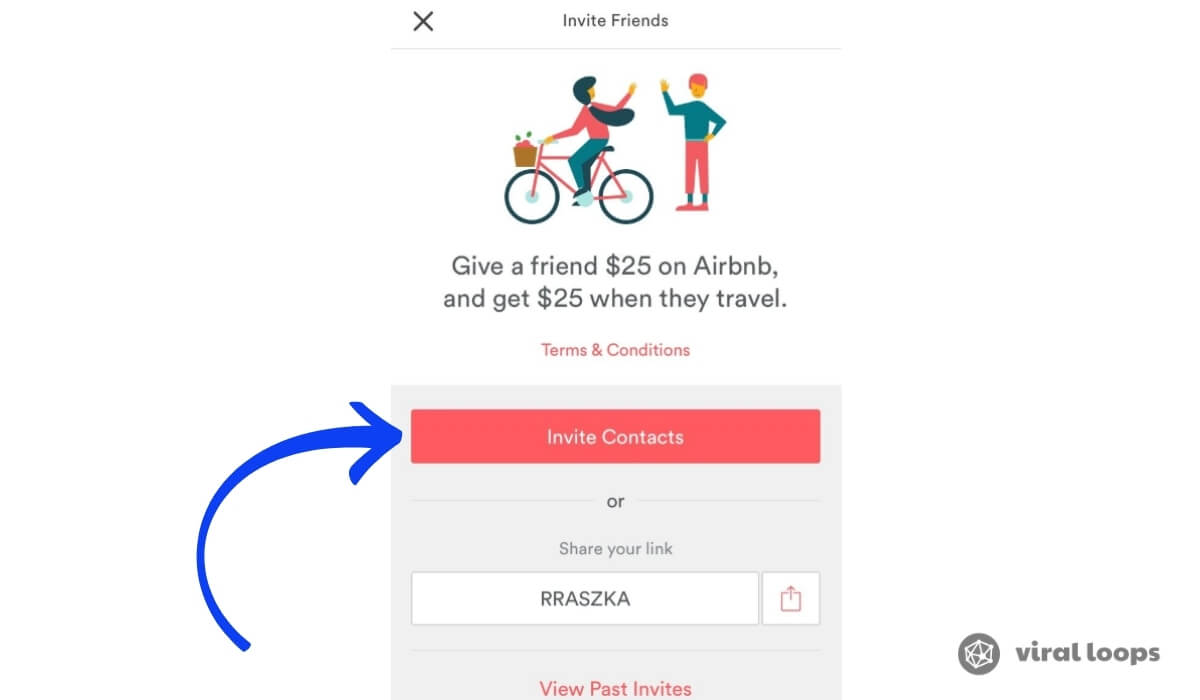
Social sharing functionality becomes crucial for viral growth on mobile platforms.
Users expect to share referral links instantly through WhatsApp, Instagram, Facebook, and text messaging without leaving your app.
Pre-populated messages that sound natural rather than promotional help users feel comfortable sharing with friends and family.
QR code integration offers innovative sharing opportunities for in-person referrals.
Coffee shops and retail apps use QR codes effectively, allowing customers to refer friends instantly while standing together.
This approach bridges digital referrals with real-world social interactions, giving users a unique referral code they can share on the spot.
Understanding Tracking and Analytics
Real-time dashboard monitoring provides essential insights for program optimization from day one.
Track overall performance metrics, channel effectiveness, and participant engagement patterns continuously.
This visibility enables quick adjustments that prevent small problems from becoming major issues.
Understanding which sharing channels produce the highest-quality referrals helps optimize marketing spend and user education efforts.
Some programs find email referrals convert better than social media, while others discover text messaging drives immediate action.
Testing different channels reveals platform-specific user preferences.
Participant behavior analysis identifies your most effective advocates and potential program improvements.
Monitor which users refer multiple friends successfully and what motivates continued participation.
These insights inform reward adjustments and communication strategies that boost overall program performance.
Utilize Milestone and Leaderboard Systems
Advanced referral programs often incorporate milestone rewards that increase in value as users make more referrals.
Instead of offering the same referral bonus for each referral, milestone systems might provide small rewards for the first referral, medium rewards for the fifth, and premium rewards for the tenth.
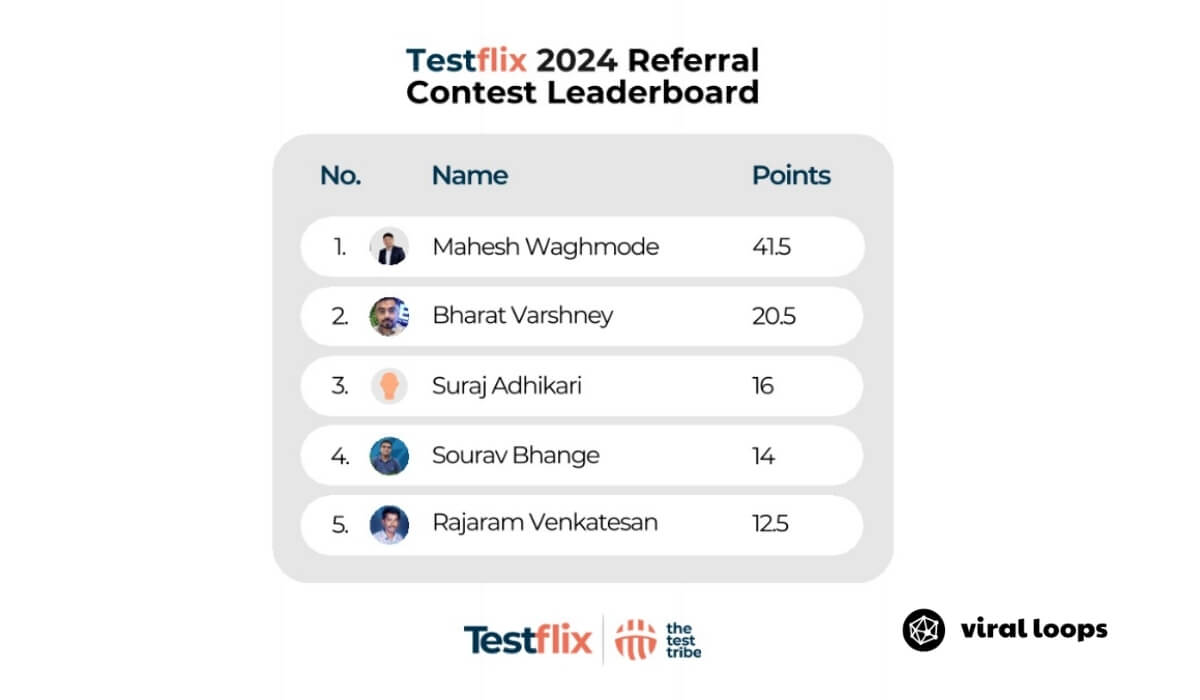
Leaderboard functionality adds competitive elements that appeal to certain user segments.
Monthly or quarterly rankings can showcase top referrers while providing social recognition that motivates continued participation.
Companies like TabbedOut and Tile have successfully used ranking systems to create ongoing engagement beyond individual referral rewards.
These gamification elements work particularly well for apps with engaged, competitive user bases.
However, they require careful balance to avoid alienating casual users who prefer simple, straightforward referral experiences.
Quick Setup Guide for Modern Platforms
For teams wanting to launch quickly, platforms like Viral Loops can get programs running in under 15 minutes through streamlined setup processes:
Campaign Configuration
Choose from proven templates like milestone referrals, simple double-sided programs, or newsletter growth campaigns.
Templates eliminate guesswork by providing tested structures that work across different industries.
Reward Setup
Define your incentive structure, whether it’s account credits, premium features, or cash rewards.
Most platforms handle reward distribution automatically, including integration with payment processors for cash incentives.
Integration Implementation
Connect your referral program to existing tools through simple copy-paste embed codes or API integrations.
Viral Loops integrates seamlessly with email marketing tools, CRM systems, and analytics platforms.
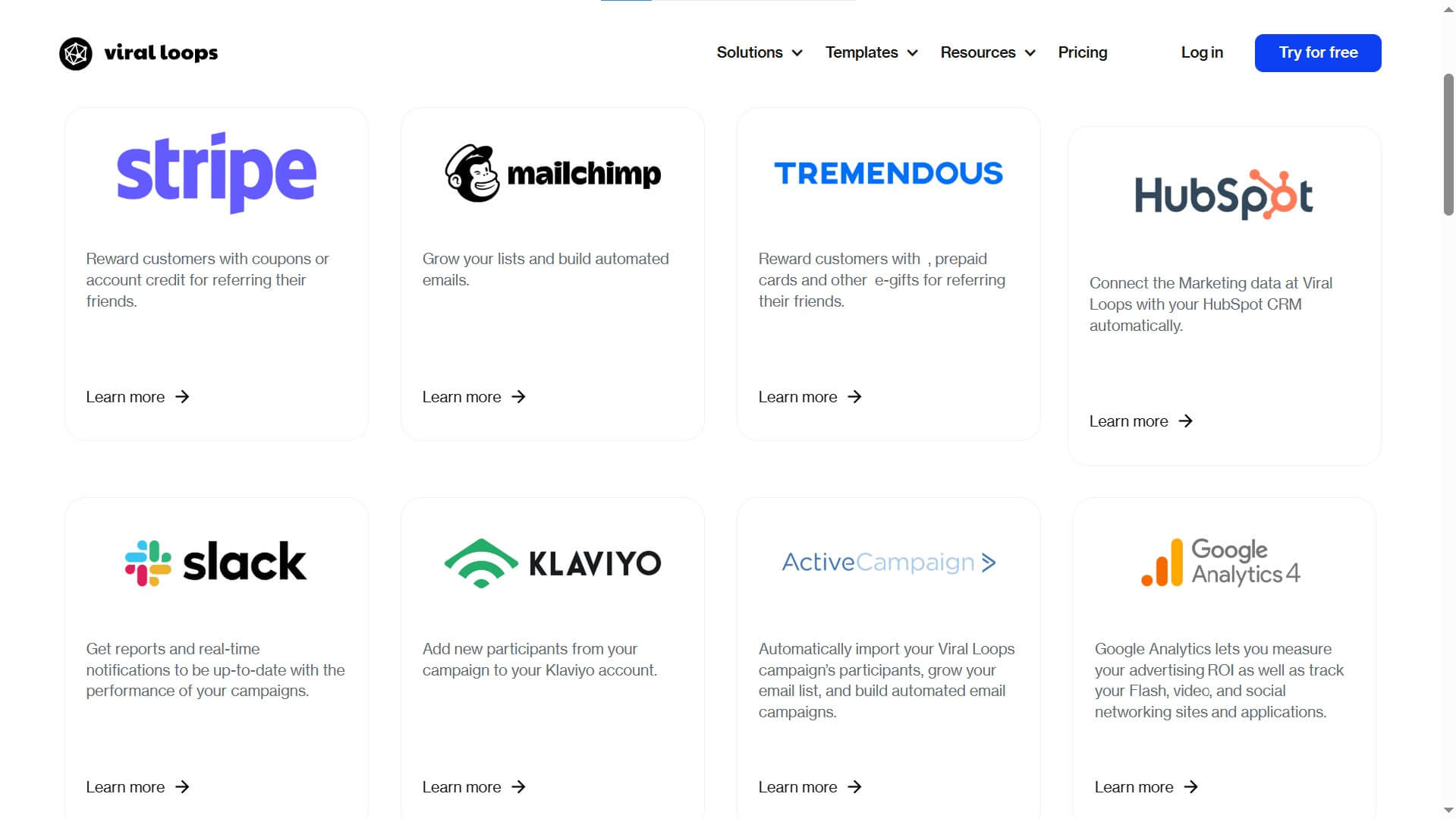
Testing and Launch
Viral Loops includes testing environments where you can simulate the complete referral process before going live.
This testing phase helps identify potential user experience issues before real customers encounter them.
With these optimization strategies and quick-start options established, let’s examine proven best practices that separate thriving programs from failed experiments.
Tips and Best Practices for Your Web App Referral Program
Successful referral programs share common characteristics that drive consistent results across different industries and business models.
Learning from both victories and failures helps you avoid costly mistakes while maximizing your program’s growth potential.
1. Plan Your Design
User experience should always take priority over flashy features or complex reward structures. The most successful referral programs focus on making sharing feel natural and effortless rather than forced or promotional.
Apps like Rakuten and Airbnb excel because their referral programs integrate seamlessly into the core user experience.
Visual appeal matters significantly for referral program adoption and sharing rates.
Clean, uncluttered layouts with clear calls-to-action perform better than busy designs with multiple competing elements.
Hotel Tonight and Fetch Rewards demonstrate how simple color schemes and straightforward messaging create effective referral experiences that users actually want to engage with.
- Focus on creating referable experiences first
Before launching any referral program, ensure your product delivers genuine value that customers naturally want to share.
Word-of-mouth marketing thrives when people feel excited about recommending something remarkable.
If users aren’t already talking about your product organically, a referral program might amplify lukewarm sentiment rather than genuine enthusiasm.
- Keep messaging simple and benefit-focused
Complex explanations kill participation faster than any other factor.
Users should understand your program’s value proposition within seconds of discovering it.
The most successful referral programs use clear, action-oriented language that immediately communicates mutual benefits.
- Use consistent branding throughout
Referral screens should match your app’s overall design language perfectly. Inconsistent styling creates confusion and reduces trust in the referral process.
Your referral page colors, fonts, button styles, and visual elements should feel like natural extensions of your main app interface.
- Prioritize above-the-fold placement
Important referral information should be visible without scrolling. Mobile users especially expect instant access to key program details and sharing options.
Place your referral program access points prominently in main navigation menus, user dashboards, or account settings where they’re immediately discoverable.
Active Campaign started its referral program by having users access it from the main menu of the app, as shown below:
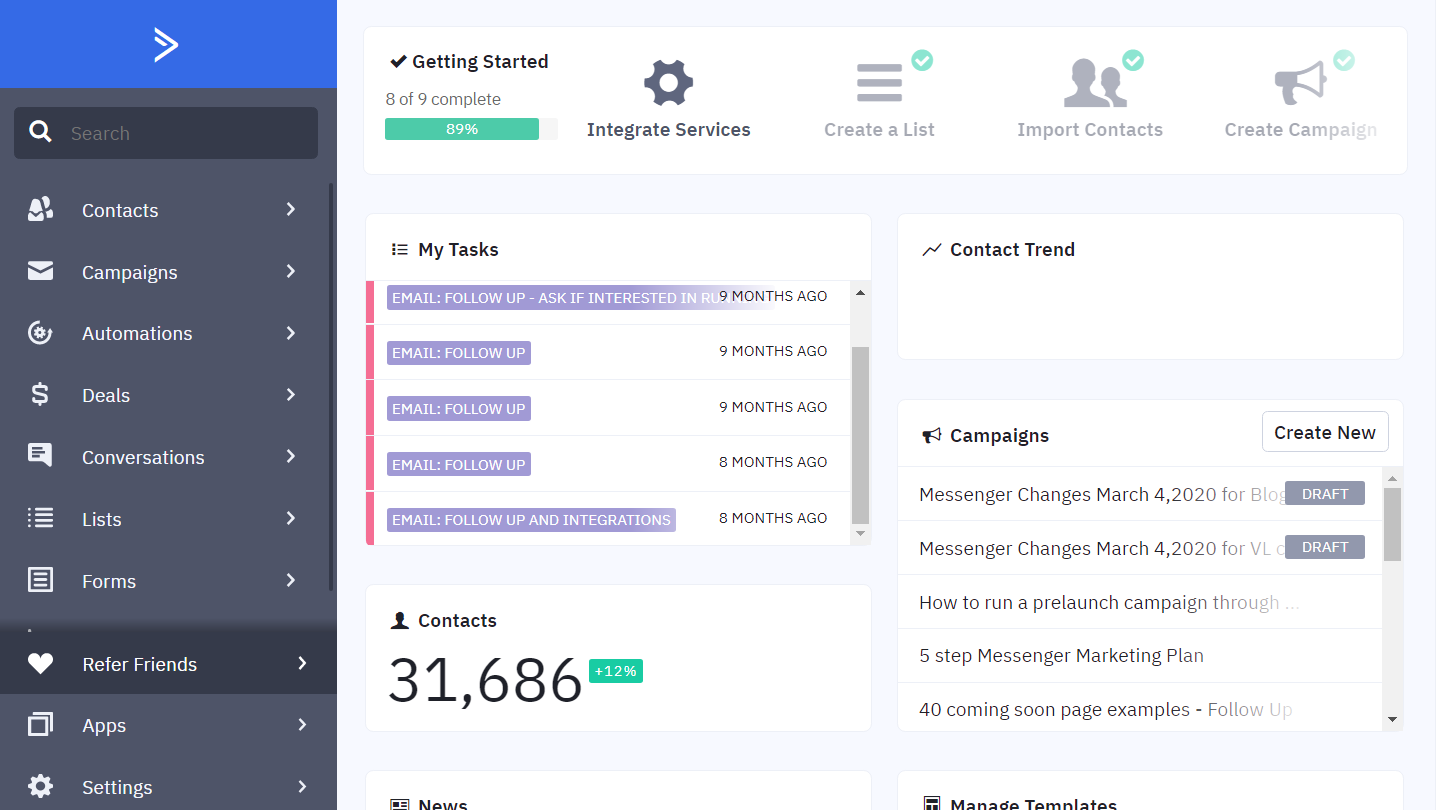
2. Monitor Your Referral Program
Performance monitoring requires consistent attention to key metrics that actually indicate program health.
Track referral conversion rates, participant engagement levels, and the quality of referred users rather than just raw participation numbers.
These deeper insights reveal optimization opportunities that surface-level metrics often miss.
A/B testing different reward amounts, messaging approaches, and sharing methods helps optimize program performance over time.
What works for one business might not work for another, so systematic testing reveals your specific audience preferences.
Document successful tests to build institutional knowledge about what drives results.
- Monitor referring customer behavior patterns
Identify which customers become your most effective advocates and why.
Understanding advocate characteristics helps you target similar users for program invitations and optimization efforts.
Track whether loyal customers with longer relationships refer higher-value users compared to new customers.
- Track channel performance differences
Some platforms generate higher-quality referrals than others for specific businesses.
Focus resources on channels that deliver the best long-term customer value rather than just the highest volume.
Compare conversion rates, user engagement metrics, and lifetime earnings across email, social media, text messaging, and direct link sharing.
![]()
3. Avoid These Common Pitfalls
Regularly check for technical issues.
- Technical difficulties destroy referral programs faster than poor reward structures or weak messaging.
- Broken referral links, non-functional sharing buttons, and attribution errors create negative experiences that discourage participation.
- Regular testing and monitoring prevent these issues from undermining program effectiveness.
- Poor incentive alignment occurs when rewards don’t match user motivations or feel insufficient for the effort required.
- Generic cash rewards often perform worse than product-specific benefits that enhance the core user experience.
- Study your most engaged customers to understand what types of referral bonuses would genuinely excite them.
Don’t overwhelm users with too many options.
- Multiple sharing methods are helpful, but excessive choices create decision paralysis.
- Offer 3-4 primary sharing options rather than a dozen different possibilities.
- Focus on the most popular channels your users actually prefer—typically email, text messaging, and one or two major social media platforms.
Avoid making referral programs feel mandatory.
- Optional participation generates better results than pressured or forced sharing.
- Users should feel invited to invite friends rather than obligated to participate in your growth efforts.
- Never block access to core app functionality or force users to dismiss referral prompts repeatedly during their normal usage.
With these foundational practices established, you’re ready to implement your own referral program that drives sustainable growth while creating positive experiences for both existing customers and new users they invite to join.
Wrapping Up
You now have everything you need to build a referral program that turns your satisfied users into a powerful growth engine.
From understanding why referrals work so effectively to implementing the technical details, this guide has walked you through the complete process.
The evidence is clear: companies that get referral programs right see explosive growth.
Dropbox’s 3900% signup boost and Uber’s 12X ROI didn’t happen by accident—they happened because these companies understood their users and built programs that created genuine value for everyone involved.
Your web app has the same potential.
Whether you choose refer a friend programs through quick launch approaches with Viral Loops or decide to build something custom, the framework and best practices in this guide will help you avoid common pitfalls and create a program that actually drives results.
Stop leaving growth to chance.
Start building your referral program today and transform your happy customers into your most effective marketing channel. Get started with a free account today!
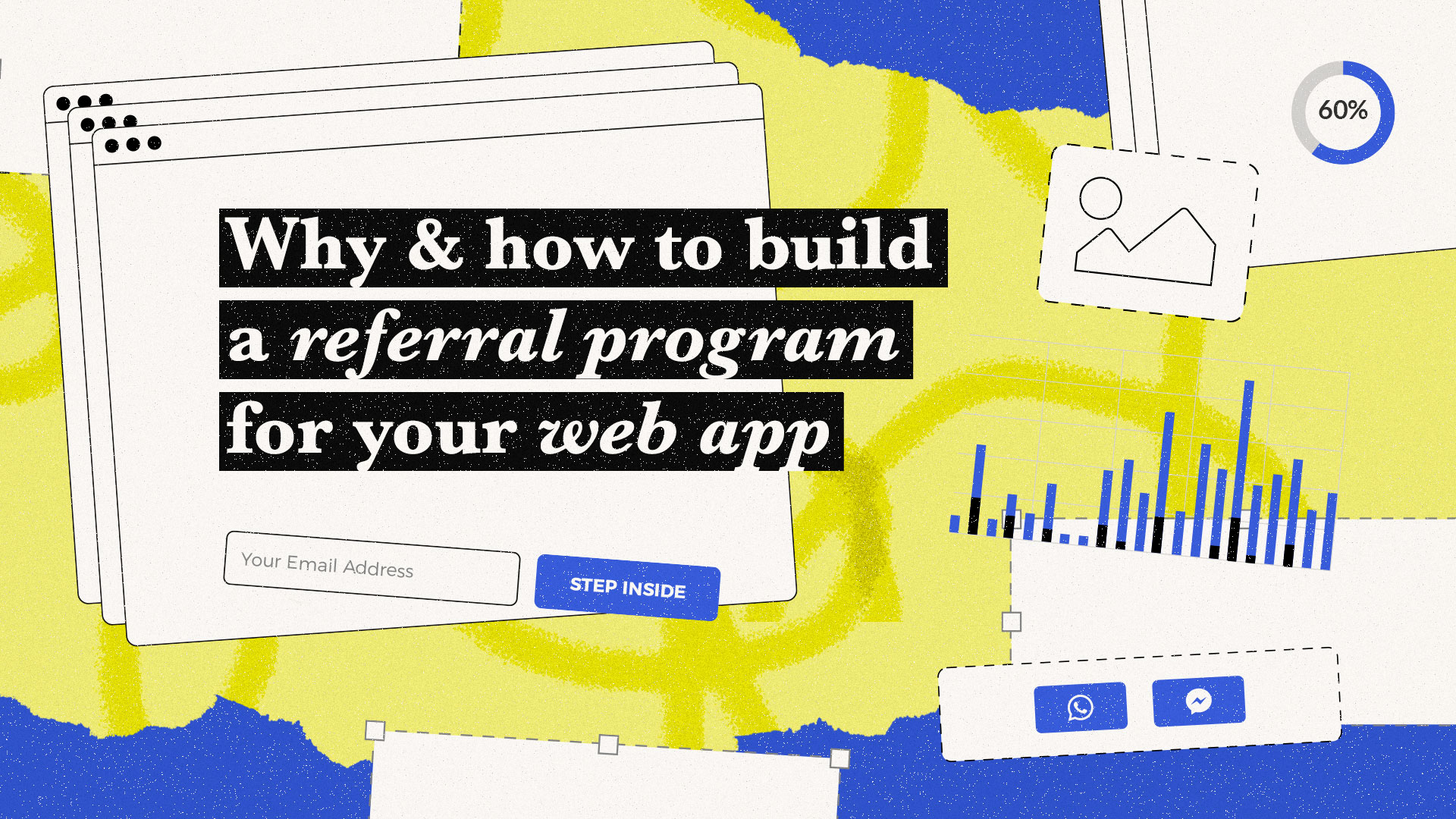
1 comment
Thank Apostle for such information. I really enjoy the blog.